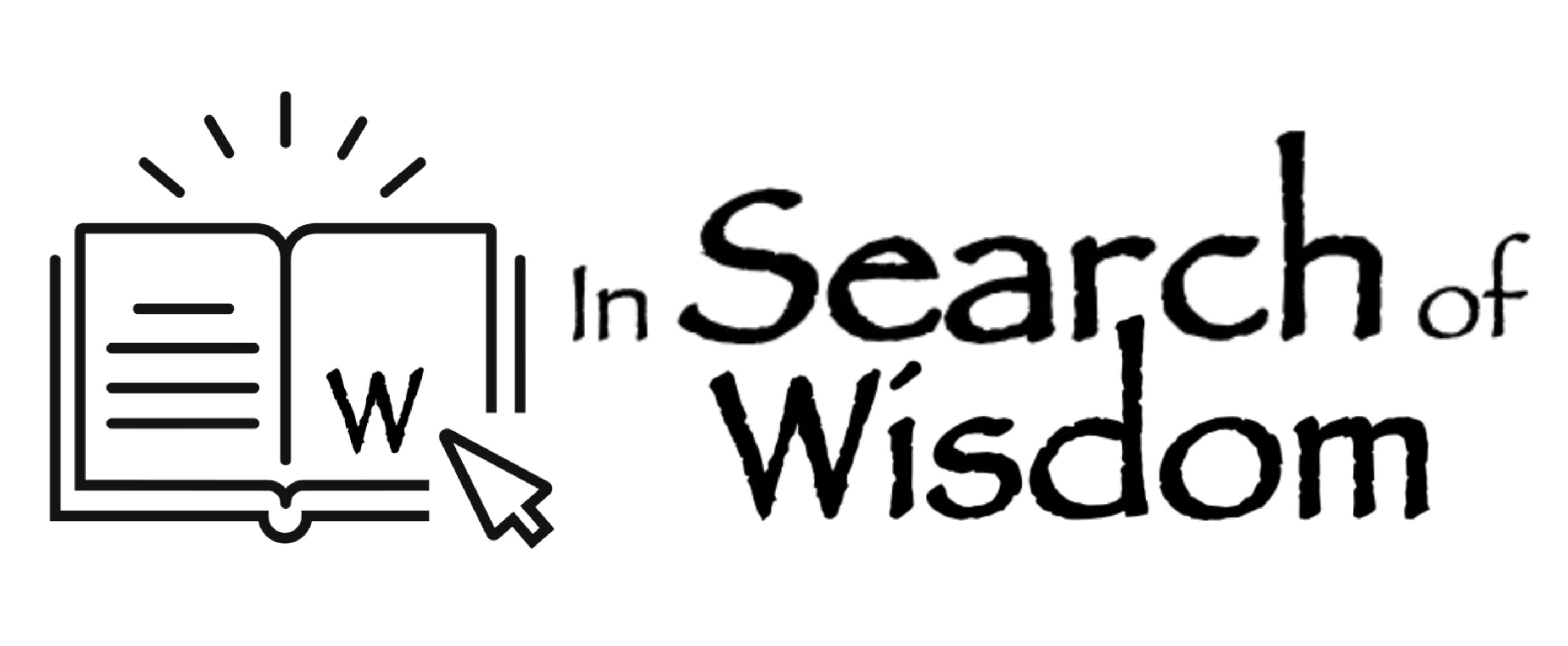The world we live in just wouldn’t be the same without projects. People have worked together to change our environment since the dawn of civilization, even before writing had been invented. In the U.K., the great monoliths of Stonehenge have dominated the Salisbury plain since they were built between four and five thousand years ago. At roughly the same time, in the more technologically advanced Ancient Egyptian Empire, Pharaohs were building the elaborate tombs that we now know as the Pyramids.

Throughout the era of Classical Greece and Rome and continuously through the growth and domination of the Christian Church, people continued to undertake projects to construct the great “public works” required by society.
As first the enlightenment and then industrialization began to mould the social context, and industrial and commercial enterprises began to act as agents for society at large, the number of projects and the fields of human endeavour within which they were undertaken began to proliferate.
Today, projects have become an essential feature in most aspects of modern life. And I don’t think that is simply me falling prey to the ‘frequency illusion’ – seeing projects cropping up everywhere just because I am interested in them. For example, in the world of work, a recent article by Antonio Nieto-Rodriguez in the prestigious Harvard Business Review (HBR) is entitled, The Project Economy Has Arrived. It asserts that “Quietly but powerfully, projects have displaced operations as the economic engine of our times.” And this seems to apply not only to businesses but also to governmental departments, charities, and community organizations. The scale of projects varies enormously, of course – all the way from primary school children’s coursework to national and international megaprojects. But projects are ubiquitous, and the term ‘project manager’ is now a part of our everyday vocabulary.

Much modern project management practice emphasizes the principles, structures, processes, and techniques involved in delivering the product, service or transformation that is the project’s intended output. Professional associations such as the Project Management Institute (PMI) and the Association for Project Management (APM) provide guidance for people undertaking all kinds of projects, and work with national standards bodies to provide standards such as the family of ISO standards. Each acknowledges that project executives should possess ‘people skills’, such as leadership or emotional intelligence (EQ).
And yet there is ample evidence that projects still fail to live up to expectations, which is odd for something that has been such a prominent feature of human society since the dawn of history. More importantly, perhaps, this persistent underperformance results in both economic and social waste.
Nieto-Rodriguez’s analysis of the situation is that people have simply made project management too complicated. In his HBR article, he offers the ‘project canvas’ as a framework to guide project managers’ thinking. It can be applied, he says, to any project, programme, or strategic initiative. In the same HBR issue, Professor Bent Flyvbjerg suggests improving the performance of major projects of national and international significance. In an article entitled Make Megaprojects More Modular, he argues cogently that “Repeatable design and quick iterations can reduce costs and risks and get to revenues faster.” Interestingly, these two proposals, each addressed to different parts of the project universe, are both concerned with what might be called structures and processes.
I do not doubt that each of them, implemented sensitively and in the proper context, can reduce the amount of wasted cost and effort that both authors identify. But it seems that there is something more fundamental at play than principles, structures, processes, and techniques.
As a ubiquitous example of shared intentionality, projects can be thought of as an expression of our essential nature as human beings – what marks us out from all other species. In his book, Seeing Ourselves, Raymond Tallis discusses projects’ central role in providing people with positive meaning in their lives. And this represents a radically different perspective from the economic and administrative focus of most of the guidance we considered earlier in this article.
The topic of ‘Human Nature’ has traditionally been the domain of philosophers and theologians, although, since Darwin, biologists have weighed in on the subject. Increasingly, since the mid-twentieth century, cosmology, theoretical physics, neuroscience, and many other strands of thought have each made significant contributions. With insights from science, philosophy, and the humanities, we can now piece together a broadly accepted account of the development of homo sapiens right from the ‘Big Bang’ to today’s complex global society. And with this knowledge comes recognition of the many biases and behavioural quirks that bedevil decision-making and concerted action.
Looking at projects through this lens presents us with new perspectives. Two, in particular, are worth highlighting.
The first of these is already very familiar to Flyvbjerg. ‘Phronesis’ is one of three fields of human knowledge, as defined by Aristotle. In Aristotelian thought, it refers to practical wisdom on addressing and acting on social problems in a particular context. It is distinguished from ‘epistemé’ (universal truth – broadly known today as ‘science’) and ‘techné’ (technical know-how – closely related to both ‘technology’ and ‘craftsmanship’ in today’s world). In his book, Making Social Science Matter, Flyvbjerg argued that since intelligent human behaviour in social contexts requires phronesis, attempts by social science ‘to build generalizable, predictive models such as those for the natural world are misplaced and even futile.’ His game-changing contributions to our present knowledge of megaprojects flow from sound research based on that insight. His recommendations recognize the impact of human behaviour, volition, and power, on project results.
The second has assumed much greater prominence since Iain McGilchrist published his magisterial new book, The Matter with Things. His earlier book, The Master and His Emissary, was an international bestseller, and its core theory was summarised in Ways of Attending. McGilchrist is a neurobiologist and psychiatrist well qualified in philosophy and psychology. On his website, he describes himself as being ‘committed to the idea that the mind and brain can be understood only by seeing them in the broadest possible context, that of the whole of our physical and spiritual existence, and of the wider human culture in which they arise – the culture which helps to mould, and in turn is moulded by, our minds and brains.’
As he describes his core insight in Ways of Attending, “It is not what each hemisphere does – they are both involved in everything – but how it does it, that matters. And the prime difference between the brain hemispheres is the manner in which they attend. For reasons of survival, we need one hemisphere (in humans and many animals, the left) to pay narrow attention to detail, to grab hold of things we need, while the other, the right, keeps an eye out for everything else. The result is that one hemisphere is good at utilizing the world, the other better at understanding it.”
In The Matter with Things, McGilchrist considers how we respond to the significant challenges we all face today, which, I suggest, includes the way we perceive most projects. He argues that “we have become enslaved to an account of things dominated by the brain’s left hemisphere, one that blinds us to an awe-inspiring reality that is all around us, had we but eyes to see it.” He suggests that “in order to understand ourselves and the world we need science and intuition, reason and imagination, not just one or two; that they are in any case far from being in conflict; and that the brain’s right hemisphere plays the most important part in each.”
So, perhaps the guidance offered to project executives should emphasize more prominently the need for them to develop practical wisdom through more careful and nuanced attention to the people, the context, and the relationships that constitute the project itself.
Terry Cooke-Davies
February 2022






